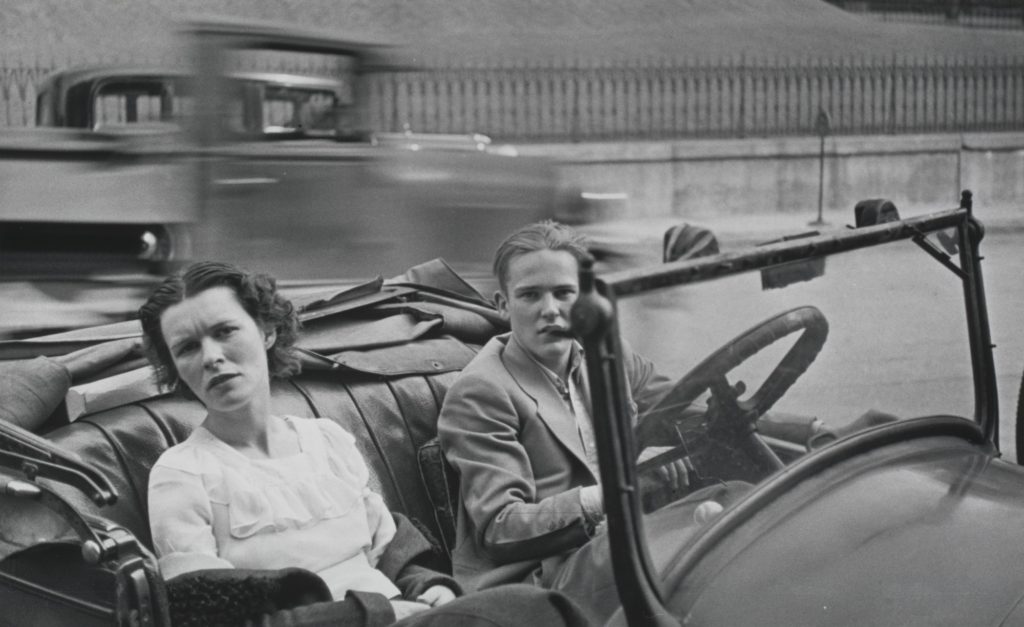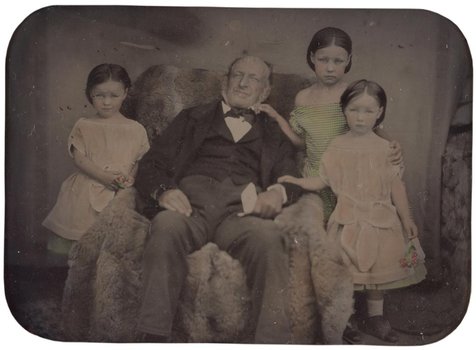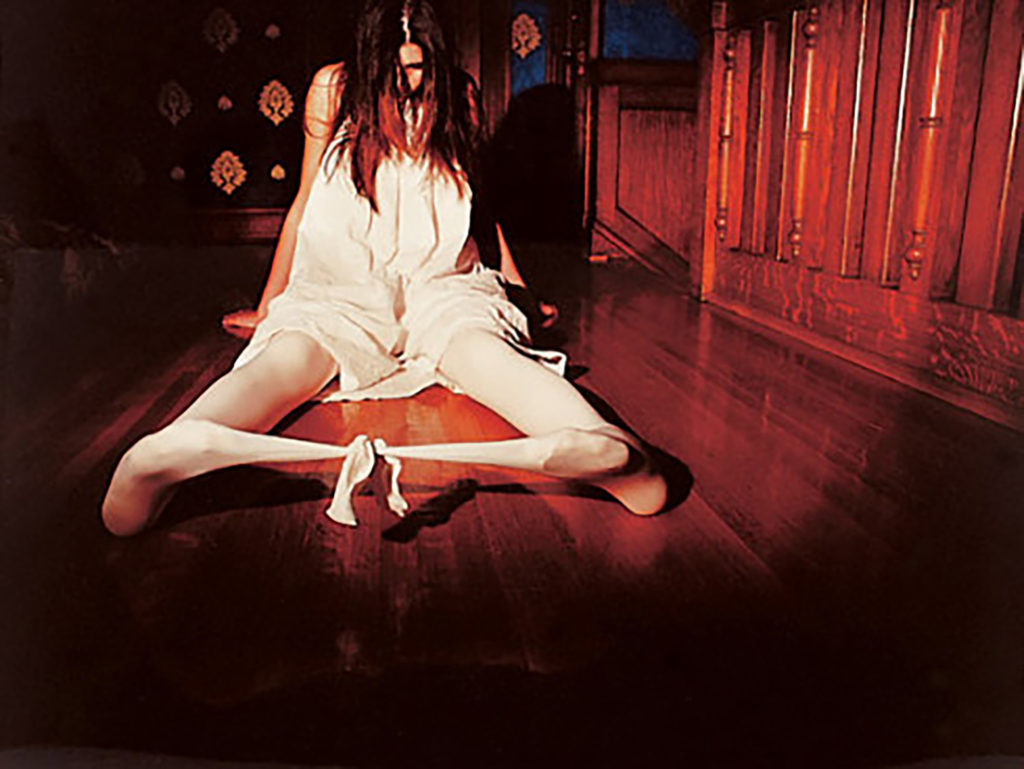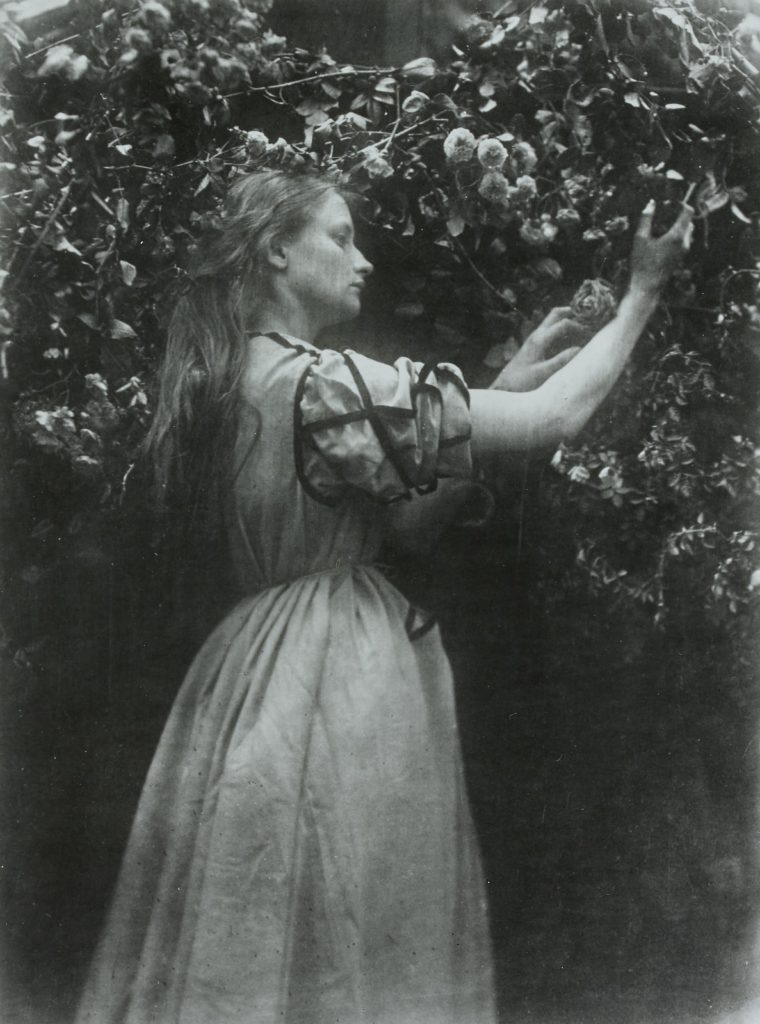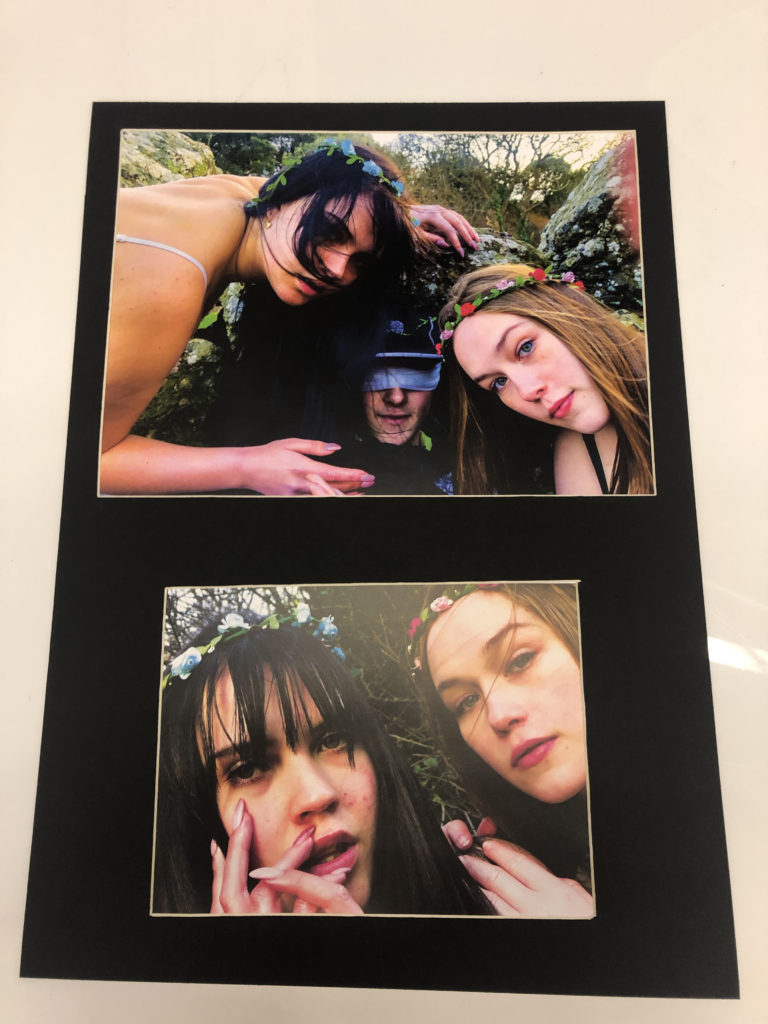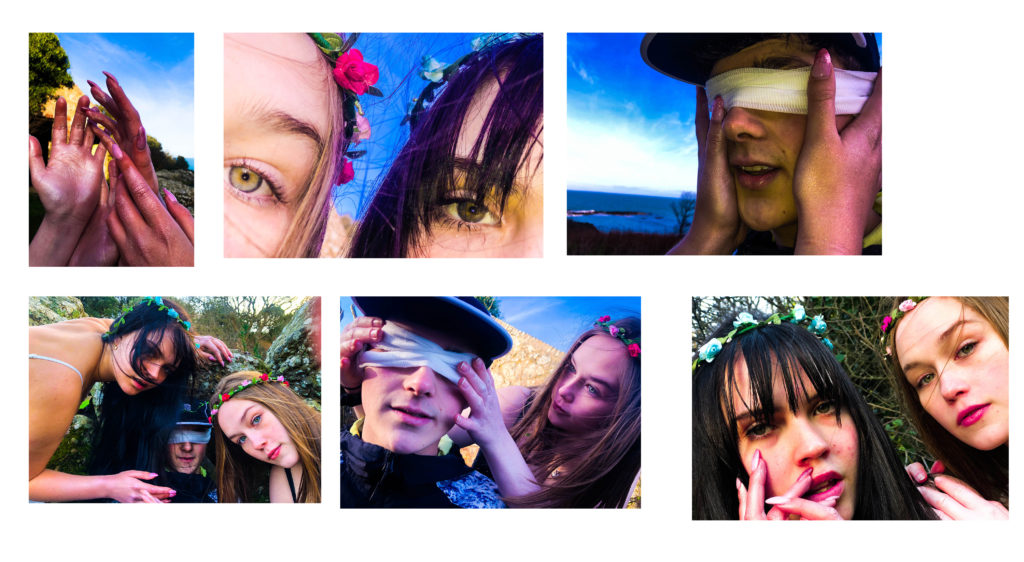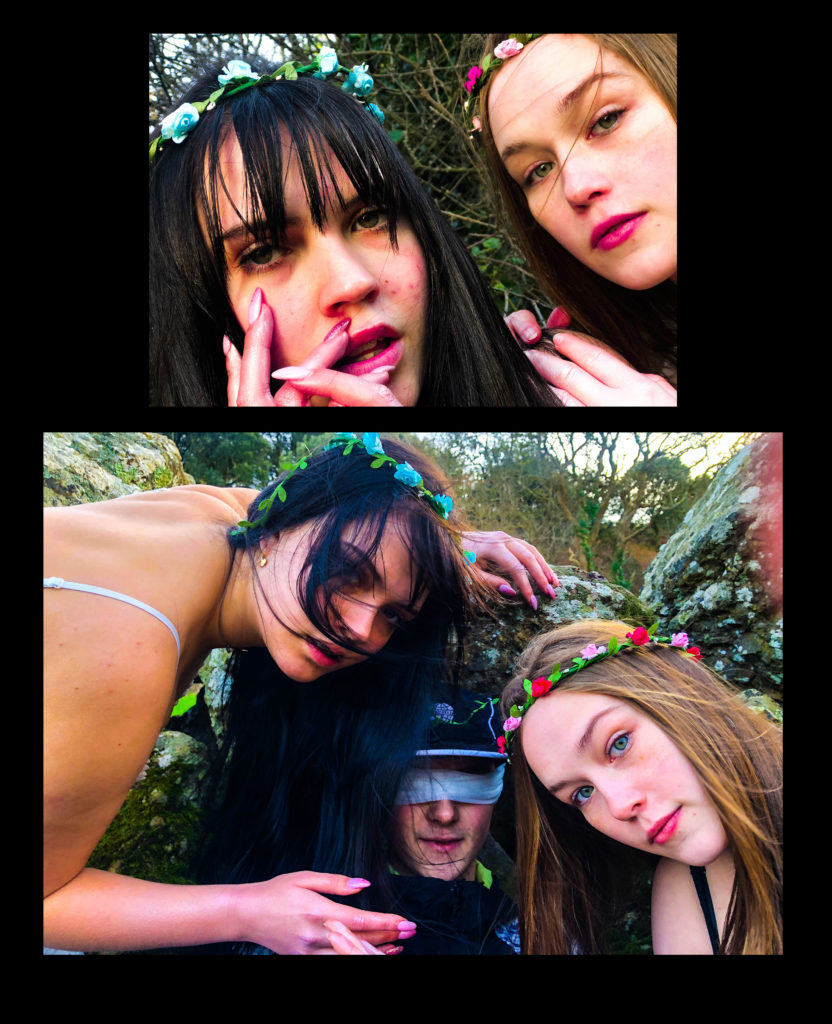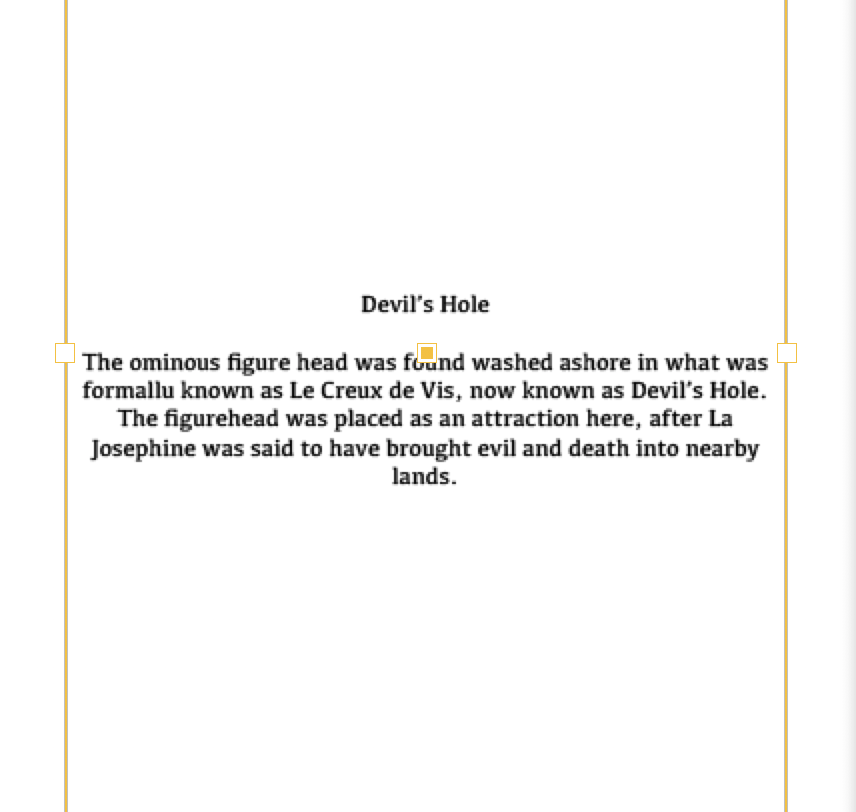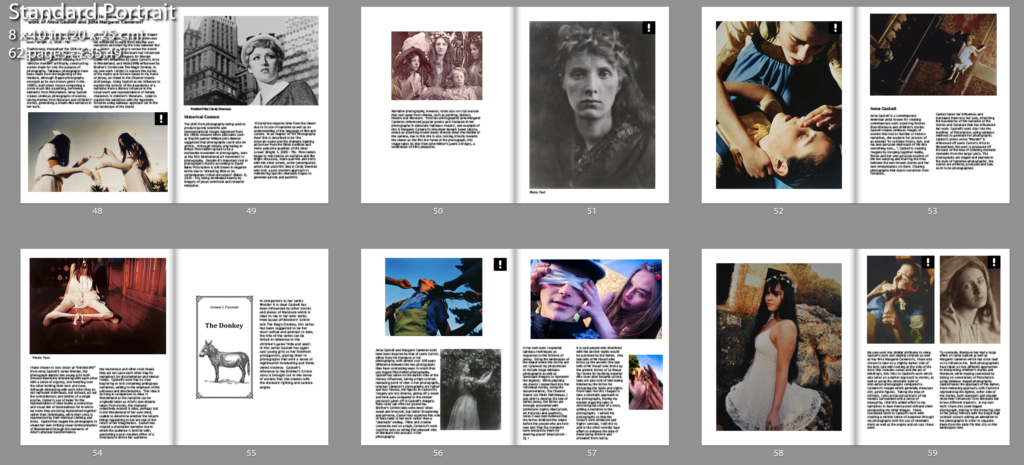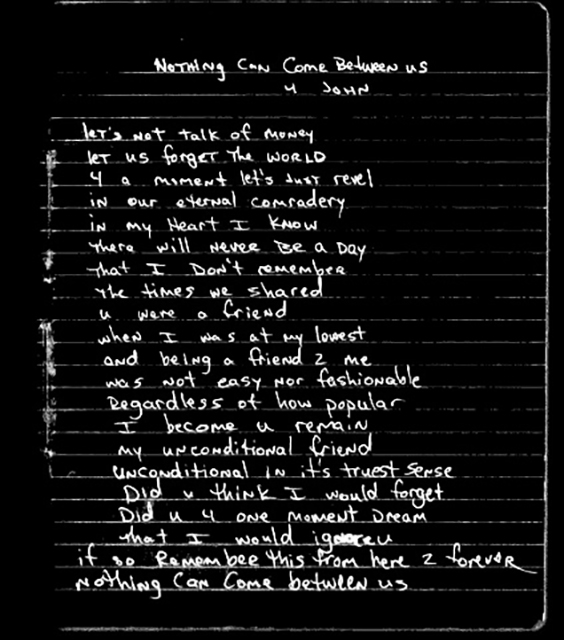What are the differences between reality, witness and point of view?
“What are the differences between reality, witness and point of view?”– Bright and Van Erp 2019:19
My personal investigation includes documentation of my own dance training and how it has developed over time. I first started dance training in 2010. My memories and experiences are often supported by images from the time, but can often be in contradicted too. In the essay I will aim to discuss the extent to which documentary photography and the notion of narrative actually portrays reality.
Walker Evans photographic series ‘Let us now praise famous men’ and Diana Markosian’s photographic series entitled ‘Inventing my father’ both explore reality, witness and point of view in quite different ways. Photographers may attempt to capture or create reality through the making of imagery, but it is the transference of this information to the audience which gives the work “life”. This is shown within Evans photographic series where he uses portraiture to represent raw emotions in farmers during the Great Depression. Looking into these photographs they are very simple and the topic of ‘reality’ is significant in his work, further showing that he is a witness in emotional times within the family photographed. Continuing, Marosians archival project can additionally be seen as showcasing as exploring reality within her family life, presenting a personal feel to the project without witnessing the early stages of her life.
Realism and Straight Photography was a responseto and rejection of, pictorialism in the early 20th Century, and presents life “how it is”. This area mostly focused on looking into cultural and social issues of the time, this was done through creating high quality images which are illusionistic. Additionally, this is a documentary style which focuses on real people in their natural situations. This genre was most useful when trying to capture family history as it allows us to be able to see someones real life situation through a photograph. Photographer Diana Markosian focused on this element within her work when documenting the effects her father not being in the family had on her. This was a prominent aspect during her life and I feel as if it fits well into my personal study as it recognises the importance of capturing moments in time. Evans is also a great example of this subject as he can be seen to use the documentation style within his projects such as ‘Let us now praise famous men’. Images within this area of study can be seen as contradicting the pictoralist style while using sharp focus to capture emotion and effects clearly.
Walker Evans is known as being one of the most influential photographers of the twentieth century. His sharp photographs of the harsh realities of life for specific groups and communities shows us clearly what we “need” to see, without being biased. We can also see he has authenticity within his work. Walker Evans most recognizable work is from his project ‘ Let us Now Praise Famous Men’ a series where he explores Alabama farmers during the Great Depression from portrait using a documentation style of photography. It is clear to see what the families have gone through and how they don’t know any different. He is accurate with representing his work in the way he is successful at capturing raw images through simplicity. Evans uses natural lighting to capture his images and does not position the models, but photographs them in their typical element adding a sense of truthfulness and reality.
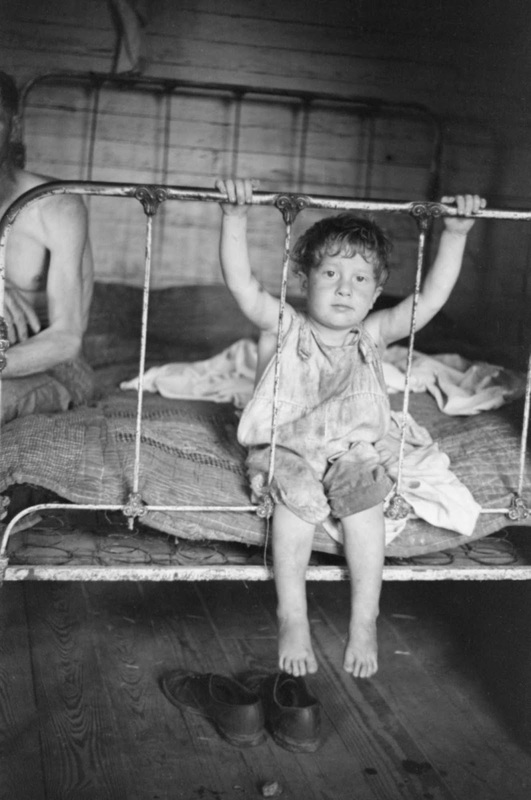
This image above is one of Evans most well known images, an image representing family lives and a sense of reality while showing truth during that time. We can see that the main subject of the image is a young boy who is sat on a what seems like old bed. Due to the black and white edit and contrast working together, it appears he is dirty while sitting in an also filthy and worn bed which can be seen from the thin mattress, also representing it was cheap. The bags under his eyes can be sign of tiredness or malnutrition, adding to the idea that the boy is in an unhygienic environment, causing stress. Looking into more detail, there is an old style of clothing which is worn which again can be seen as grubby. We do not know why his clothing is like this, but judging on the background of the image we can guess that is belongs to a working class family, further proposing that his family may work as farmers, a typical working class job in those days. The boy in the image is looking into the camera, suggesting that he may not know what the camera is, again repressing his class as he hasn’t seen luxury items like a camera. Furthermore, by looking at the boys face, it is noticeable that quite white in relation to other aspects of the image, this leads me to believe that a flash has been used to take the picture. Evans typical use of natural lighting can be seen as being used in this image from the deep shadowing on the right hand side of the image with an also brightly lit face.
Diana Markosian focuses on a non-traditional method in order to explore family concept as a way of showing personal exploration. Markosian can be seen to focus on emotion in her images where she focuses on the honest approach to her family instead of the. happiness and love which is what is typically seen in this type of photography. Her raw approach highlights how she grew up without her father which she uses as a basis towards her work. This is created through her use of archival images which are manipulated uniquely which I believe makes her work stand out. Due to using archival images in her work, this adds an element of truth to her work, helping to contrast to the stereotypical perfect family which puts a sense of emptiness into her work. Furthermore, this emotion can also be seen through the typical black and white effect which is associated with despair and creates a cold feeling within the audience. Markosian’s most well known project ‘Inventing my Father’, a project based on her mother leaving her father to move to California when Diana was seven years old. Diana had quoted “had no pictures of him, and over time forgot what he looked like”, inspiring her to later travelled back to Armenia to reconnect with the man she hadn’t’t had contact with for so long. For her mothers coping mechanism after moving away was cutting his image out of every photograph in the family album in order to forget about the life she had before California. She looked at these images as a way of coping with never knowing her father and decided to photograph and manipulate them to represent her documentation with finding her father one day. The images she took can be seen to be very raw and both truthful and untruthful at the same time. This allows for the audience to create their own interpretation of what the photos may convey. Carrying on from this, the truthfulness behind her images helps to show that archival imagery is a creative and efficient way of showing the past with black and white editing making it more emotionally detached. This represents that archival images can be a way to show the past truthfully and accurately at that point in time, concluding the investigation if this type of photograph can be seen as showing truth. Diana Markosian’s work clearly relates to my own because of the relation between archival imagery and us having our own idea behind the photographs.

This image shown above is from Markosian’s project ‘ Inventing my Father’ which explores her family history from when she was born to the time period where the project was published. The project is emotional and focuses mostly on the images she has taken. There is a raw approach to her work with a sense of truth to her work. We can see in the image above that conceptually it seems as if there has been a disappearance of a family member. The size and build appears to be a male; suggesting it is her father. The cut out also proposes that the father has either left or the mother has left him. Cutting something out is very drastic for precious family photographs, quite definite in fact. Carrying on from this, the cut out shows how important Diana’s mother was to her, being her only adult influence throughout her life. Furthermore, the edit also carries a lot of emotion through it which is obvious to the audience, these emotions include emptiness, loneliness and pain. To contrast, the contextual approach to this particular image is said that this particular image shows Diana’s mothers heavy emotion which can be seen as being in pain. She cut out her husbands image from the family photograph after she left him to move to California after he had been dissappearing for weeks on end and then showing up one day. The cut up also shows the loss of a family member and how he isnt ‘family’ anymore because of his unhealthy habits towards his loved ones.
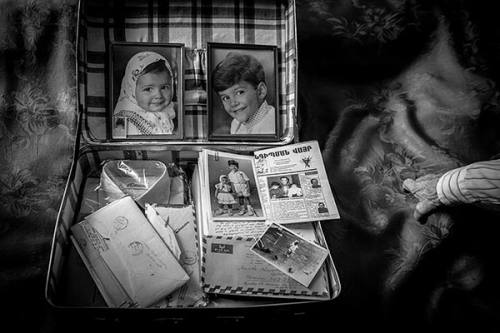
“Inventing my Father” 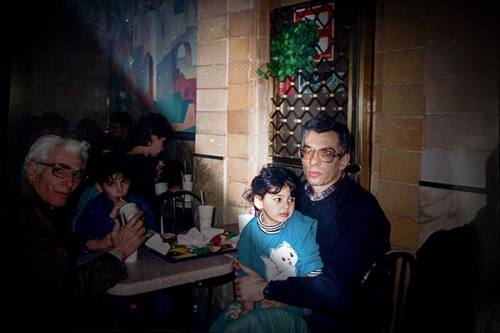
“Inventing my Father” 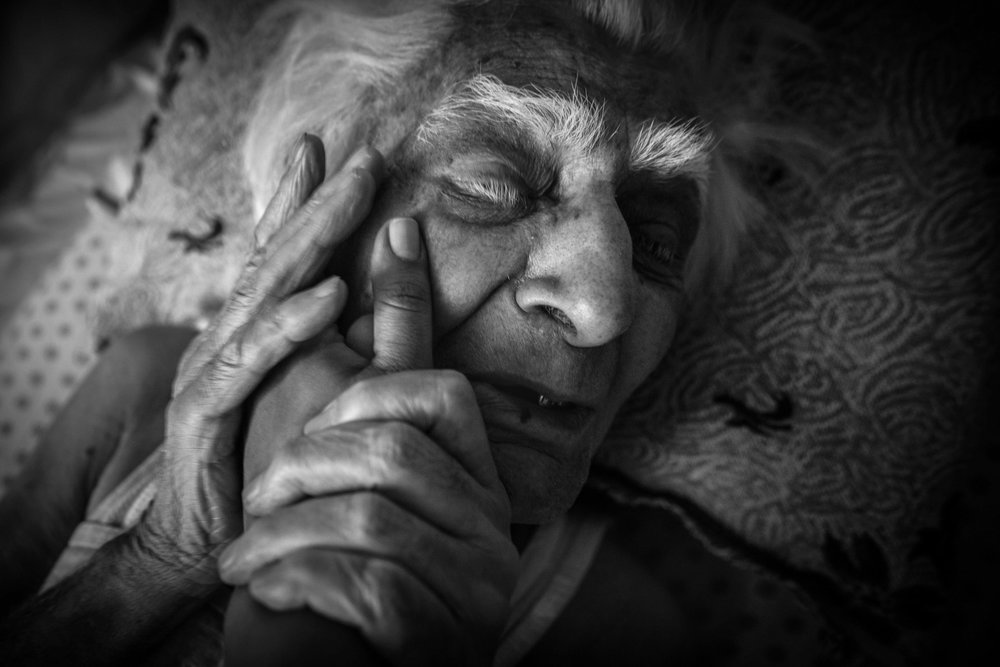
“Inventing my Father”
In my response to still-life photography, I captured fully focused images of memorable objects used in my dance performances/ sentimental objects which had an influence in my career. Through positioning and composition of my objects, I created imagery which showcased the important awards/ hair pieces which were a part of typical performances. The positioning of these objects added a sense of authority towards my background as I was able to use lighting and camera settings to create realistic images which showcased the truth. The artificial lighting with the high shutter speed allowed me to create sharp focused images which could be been clearly, showcasing the ‘still-life look’.
To conclude, both Markosian and Evans have created emotionally charged bodies of work based on their own point of view on personal family stories. I believe that within Markosians work she is fighting mixed emotions towards her father; although there is also a sense of love, where as we don’t see these elements within Evans work as it is not based on him or his family, but other families. Evans’ projects contains mainly black and white image, helping to add to the emotional context behind it, possibly representing depression and negativity. Drama is created with high contrast, striking lines, shapes and clear cropping techniques. Similarly, Markosian uses the same technique to show distance between the family. Both photographers also make use of using portraiture as their main way of representing emotion and force us to confront our own sensibilities, emotions and level of compassion.
Bibiography
Bright, S. and Van Erp, H.(2019). Photography Decoded. London: octopus Publishing House
Photo-Realism- https://en.wikipedia.org/wiki/Photorealism
Walker Evans- https://www.metmuseum.org/toah/hd/evan/hd_evan.htm
Diana Markosian- https://en.wikipedia.org/wiki/Diana_Markosian

